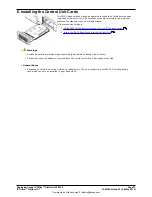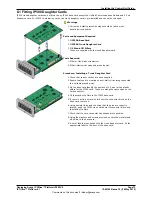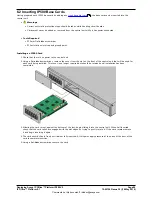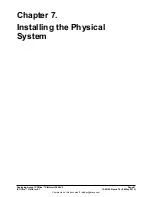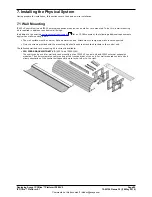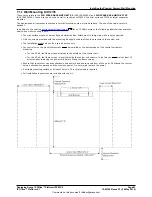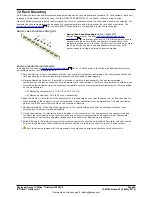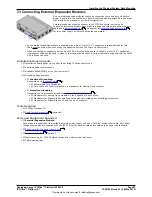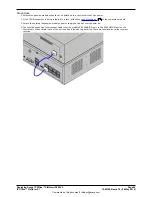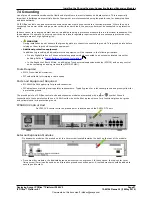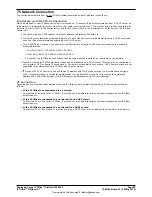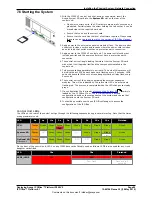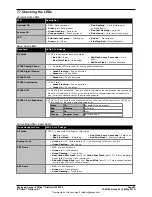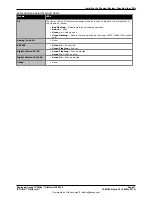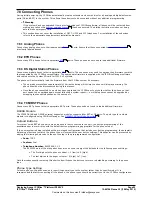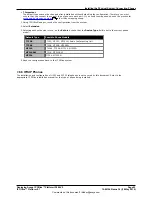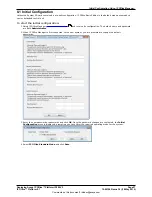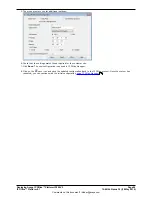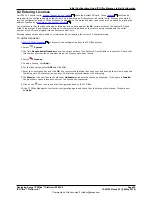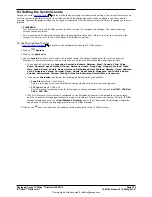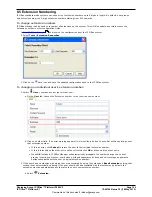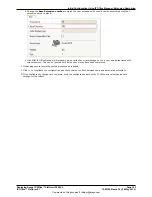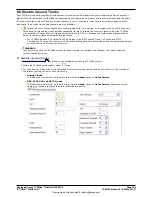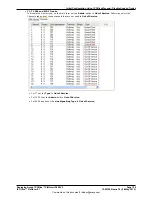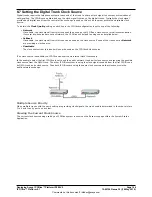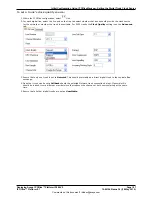
Deploying Avaya IP Office™ Platform IP500 V2
Page 92
15-601042 Issue 30j (18 May 2015)
IP Office™ Platform 9.1
Comments on this document? infodev@avaya.com
7.8 Connecting Phones
During initial power up, the IP Office automatically creates extension and user entries for all analog and digital extension
ports (DS and BST) in the system. This allows those devices to be connected without any additional programming.
·
!
Warning
If the system has been upgraded from a previous release of IP Office software, all phones will be restricted from
making any calls until a
system upgrade license
has been entered. The dialing restriction includes not being
able to make emergency calls.
·
This section does not cover the installation of DECT, H323 and SIP telephones. For installation of those devices
refer to the appropriate supplementary installation manuals.
7.8.1 Analog Phones
Connect any analog phones to their appropriate
Phone
ports. Ensure that those connected to
power failure ports
are clearly labeled as such.
7.8.2 ETR Phones
Connect any ETR phones to their appropriate
ETR
ports. These phones do not need to load additional firmware.
7.8.3 DS Digital Station Phones
Connect any digital phones to their appropriate
DS
ports. These phones may need to upgrade their firmware to match
that supported by the IP Office core software. The appropriate firmware is supplied with the IP Office Manager software
and copied onto the System SD card for IP500 V2 systems.
The phones will automatically load the firmware from the IP Office system if necessary.
·
The upgrade process takes approximately 10 minutes during which time the phone will display a warning. The
phone should not be disconnected during this process.
·
Once the phone connected to a port has been upgraded, the IP Office will not check whether the phone on that
port needs to be upgraded again except following a system reboot, i.e. multiple phones cannot be upgraded by
swapping the connected phones on the same port.
7.8.4 TCM/BST Phones
Connect any BST phones to their appropriate BST ports. These phones do not need to load additional firmware.
DS30B Module
The IP500 DS16B and DS30B external expansion modules support either BST or DS ports. The port type for a whole
module is configured using IP Office Manager. See
DS16B/30B Port Mode Selection
.
Default Buttons
For system's with BST phone ports, when a phone is first connected to the port, the button programming of the
associated user is overwritten with the default button programming appropriate for the phone model.
If the new system is being installed with a pre-staged configuration that include user button programming, the automatic
defaulting of buttons to match the phone type will overwrite the user button settings. This behavior can be prevented by
adding the following short code to the user's setup in the pre-programmed configuration:
·
Code: *DCP
·
Feature: Dial
·
Telephone Number: 84000004,1,1,0
The 4000004 part of the string above can also be used to adjust the defaults for the following phone settings:
·
The first digit sets the phone contrast = 1 (low) to 9 (high).
·
The last digit sets the ringer volume = 0 (high) to 7 (low).
Note that subsequently removing this short code will cause the buttons to return to defaulting according to the phone
type.
Phone Type Setting
For some phones, the phone can only report its general type to the system rather than its specific model. It is
recommended that after connecting all the phones, the phone types should be correctly set in the IP Office configuration.
362
358
49
354
353
110

